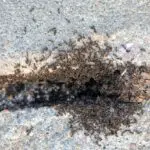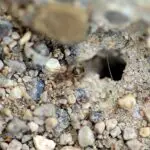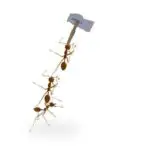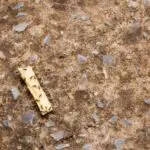Anthills – Where Ants Build Their Homes
Several species of ants create mounds, which are piles of soil, often built on top of stones or logs. These structures provide shelter for the colony’s workers and eggs. Some ants also use mounds to exit or enter the nest.
Anthills are usually built under trees or stone, and are a good nest site. They are interlaced with many chambers, which serve different purposes. These chambers may serve as nurseries for developing larvae, or as storage rooms for seeds. They also serve as resting spots for busy worker ants.
Ants are natural tunnellers. They use their jaws to dig and excavate the earth. They are also attracted to food debris. They work together to break down food into smaller pieces. They also protect aphids, a common source of food for insects.
Anthills are typically built under rocks, and often face south. During the cold winter months, the ants will burrow deeper into the ground. The queen ant then lays eggs in a central chamber. The worker ants then transport the eggs to the warmer parts of the colony.
Some ants create low, soft hills, and others create mounds that tower into the air. Formica ants build classic pine-needle anthills, which can reach up to 20 meters. Other ants build anthills of sand or clay.
Anthills are built in warm climates to create a suitable environment for queens and brood. Other ants create tunnels several feet deep. They are also used for storage of food.








